Labels for Safety, Visual and Facility ID Desktop Printers
Common Construction Hazards and How to Prevent Them
Contact construction team Explore all construction solutions
Construction sites are dynamic environments, bustling with activity and essential to building our future. But with this activity come many hazards that require careful management and preventive tactics. Understanding construction site hazards is the first step toward creating a safer site, and Brady is dedicated to providing comprehensive identification solutions that help bring attention to these hazards, prevent accidents and improve safety culture.
Fall hazards — Build a foundation for prevention
Falls are a leading cause of injuries and fatalities on construction sites. According to the Bureau of Labor Statistics, falls accounted for 423 of the 1,056 construction fatalities in 2022.1 Unprotected edges, slippery surfaces, improper use of ladders and lack of fall protection equipment all contribute to the risk of fall hazards in construction.
To effectively mitigate the risk of construction fall hazards, construction sites should implement a comprehensive fall protection program that includes clear visual communication and safety reminders:
- Clearly mark fall hazards: Use fall protection labels to identify areas where fall protection is required, such as leading edges, elevator shafts and open stairwells. These labels serve as a consistent visual reminder for workers to utilize appropriate safety equipment.
- Communicate safety procedures: Install safety signs to reinforce safe practices. Remind workers to wear harnesses, utilize guardrails and follow proper ladder procedures by placing signs strategically throughout the site to ensure maximum visibility.
- Delineate traffic-appropriate paths: Use floor marking tapes to designate safe walkways and highlight potential hazards. Contrasting colors can clearly delineate walkways, while caution tape can mark off areas with uneven surfaces or trip hazards.
By incorporating these visual cues and safety reminders, construction sites can significantly reduce the risk of falls and create a safer environment for everyone.
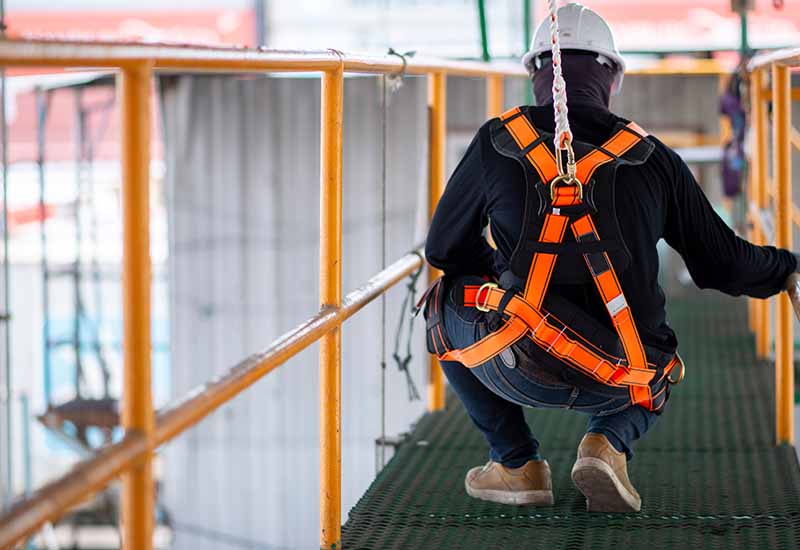
Electrical hazards — Power accident prevention and safety
The risk of electrocution is present in numerous areas of a construction site. Unmarked high-voltage areas, equipment with exposed wiring and uncontrolled energy sources can all lead to serious injuries or fatalities. Between 2003 and 2010, the construction industry accounted for the highest number of electrical fatalities (849) among all industries.2 To minimize these risks, prioritize electrical safety with clear communication.
- Identify and warn of electrical hazards: Use electrical hazard warning signs to clearly mark any potential sources of electrical danger. These labels should feature universally recognized symbols to indicate high voltage areas, exposed wires and potential shock hazards. Ensure these labels are prominently displayed near electrical panels, junction boxes and any areas with exposed wiring.
- Control and isolate energy sources: Implement a robust lockout tagout program to ensure that electrical equipment is de-energized before maintenance or repair work. Use lockout tags, padlocks and devices to prevent accidental energization and protect workers from potential electrocution.
- Ensure comprehensive electrical identification: Properly labeled circuits, panels and equipment with electrical labels not only enhance safety by providing critical information about voltage and potential hazards but also streamline maintenance and troubleshooting.
Construction sites can significantly reduce the risk of electrical accidents and create a safer, more productive working environment for everyone through these safety practices.
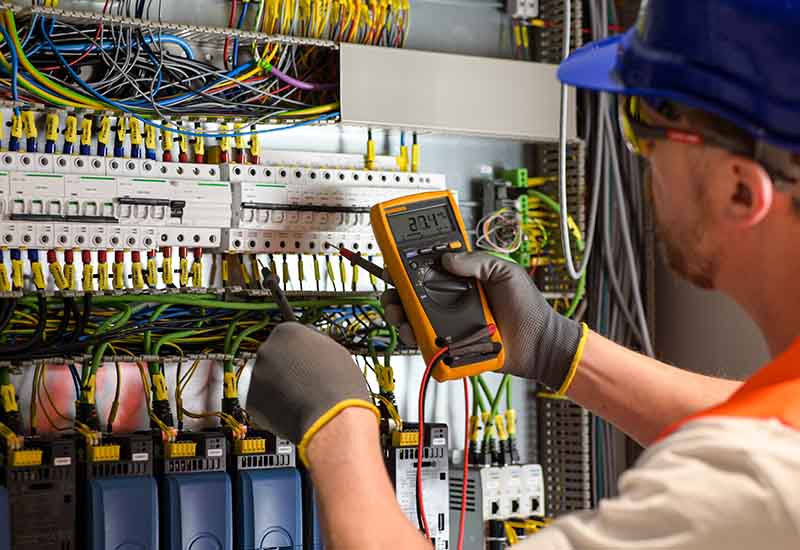
Chemical hazards — Safeguard against exposure
Construction workers deal with a wide range of chemical hazards that can pose serious health risks when not handled and stored properly. Solvents, adhesives, paints, cleaning agents and acids are just some of the hazardous substances commonly found on construction sites, which can cause skin irritation, respiratory problems, eye damage and poisoning.
- Clearly identify all chemicals: Ensure that all containers holding hazardous chemicals are clearly labeled with hazardous material labels. Labels should comply with OSHA's Hazard Communication Standard featuring pictograms, signal words and hazard statements depending on the nature of the chemical.
- Promote safe handling and storage: Implement proper procedures for handling, storing and disposing of hazardous chemicals. Use chemical storage labels and designate safe storage areas.
- Prepare for spills: Equip your site with chemical spill kits to effectively manage spills. These kits contain absorbents, protective gear and disposal bags to ensure safe cleanup and disposal of hazardous materials. Train workers on spill response procedures to minimize the impact of any chemical accidents.
With proper labeling, safe handling and emergency preparedness, construction sites can effectively manage chemical hazards and protect workers.
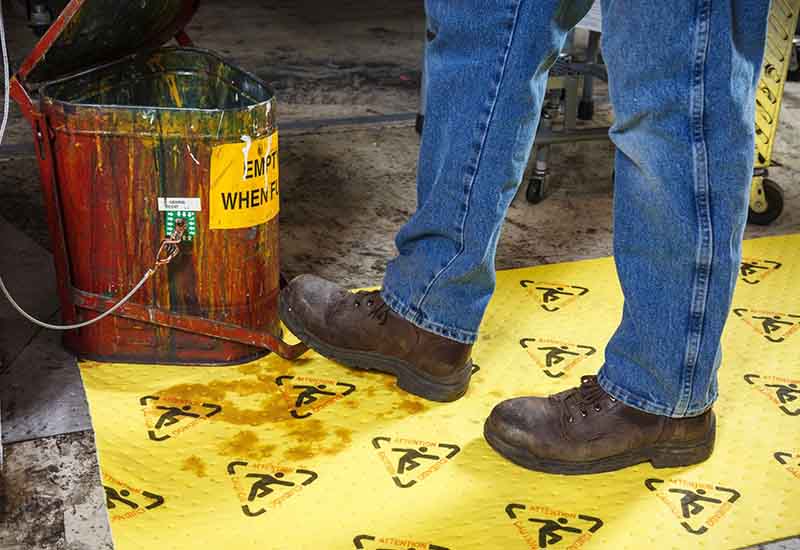
Heavy equipment hazards — Minimize the dangers of operation
Operating heavy machinery on construction sites presents significant risks of collisions and struck-by accidents. Blind spots, operator error, lack of training and inadequate maintenance can all contribute to heavy equipment hazards.
- Ensure clear equipment identification: Use inspection and equipment labelers to clearly identify each piece of equipment. Labels can be customized to display name, model number and inspection dates to ensure proper tracking and maintenance.
- Prevent overloading and ensure safe operation: Clearly mark the maximum load capacity on cranes, forklifts, and other heavy equipment using Lean/5S labels. This prevents overloading, which can lead to equipment failure and serious accidents.
- Communicate traffic flow and safety precautions: Use forklift safety signs to direct traffic, designate pedestrian zones and warn of blind spots. This helps maintain order and prevent collisions between vehicles and pedestrians.
Safety measures like these can minimize the risks associated with heavy equipment operation and ensure a safer working environment for everyone.
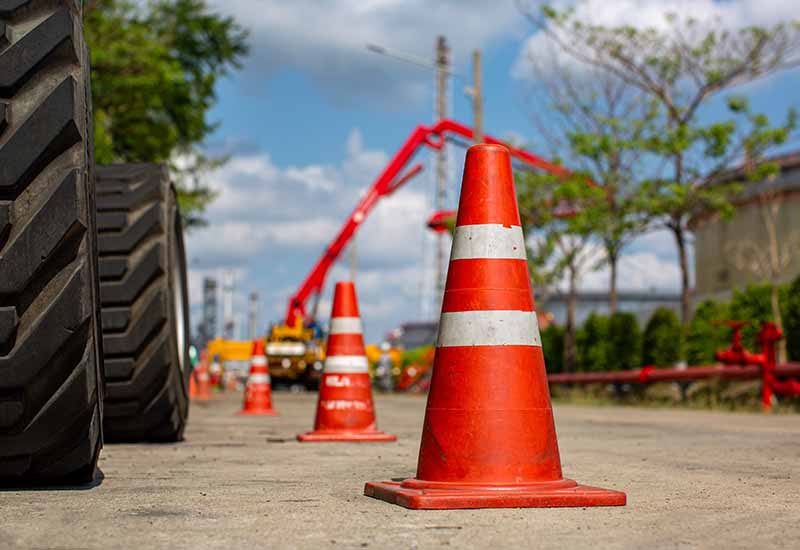
Identify right from blueprint to building with Brady Construction
Discover solutions for effective communication, compliance and safety in commercial construction from Brady — the most trusted name in identification. We’re with you through every stage of a construction build and finished facility, offering unparalleled expertise. Explore our full construction solution and access an unrivaled range of identification products, services and cutting-edge software.
References
-
"National Census of Fatal Occupational Injuries in 2020," Bureau of Labor Statistics, U.S. Department of Labor, accessed November 12, 2024,
https://www.bls.gov/news.release/pdf/cfoi.pdf -
"Workplace Injury & Fatality Statistics," Electrical Safety Foundation International (ESFI), accessed November 13, 2024,
https://www.esfi.org/workplace-safety/workplace-injury-fatality-statistics/
Product Recommendations
Further Reading
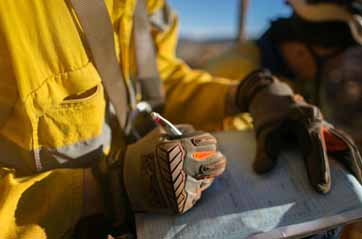
Construction Safety Compliance
This guide will help you gain insights into the organizations that influence your daily work.
Understand Construction Compliance
Building a Positive Workplace Safety Culture
Good or bad, every company has a safety culture, and your employees’ behaviors, knowledge, habits and beliefs about safety are what create it.
Enhance Workplace Safety Culture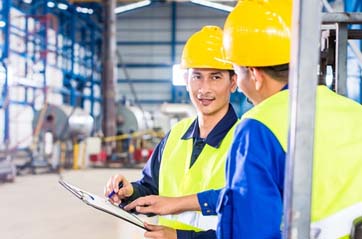
Common Hazards in Manufacturing
An important part of avoiding hazardous situations is preparedness and awareness of the most common manufacturing hazards.
Avoid Manufacturing Hazards



